The Japanese Kei car segment has been blessed with one of the most desirable contenders. It really makes the decision of buying a Kei car one of the toughest one. With the newest addition of Daihatsu Cast to the market. We will compare it with its older sibling the Daihatsu Move. to help you to understand that which among both cars do you need.
Exterior Design
By now you may be used to seeing Daihatsu Move every then and now. Its design is just like any other Kei car from Japan. Meaning right off the bat you can clearly see its boxy design with nothing so serious going on through and through. The body is tall and narrow to suit Japanese road conditions. However, the front is muscular and massive featuring a large LED light strip extending all the way into the headlights. The rear is also treated with LED’s placed inside the large ‘L’ shaped tail lights.
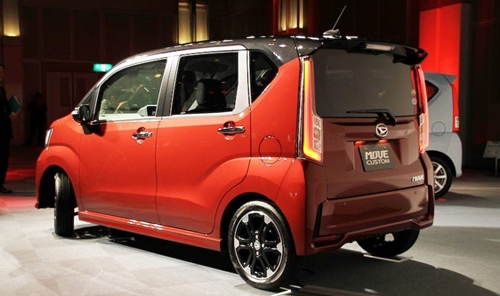
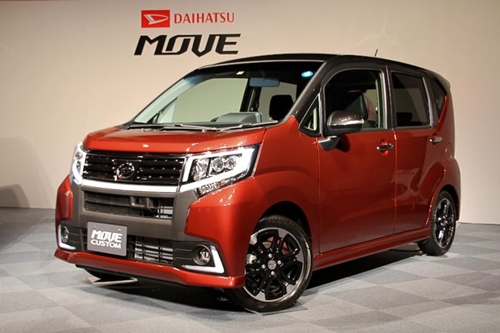
On the other hand, Daihatsu Cast manages to steal the show here. Exhibiting a crossover like looks along with some rugged looking exterior elements. It also ditches the traditional boxy design of Kei cars. Though it’s still a tall car, it also has the advantage of better ground clearance than the Move. Cast has a more rounded design with the circular head and tail lights. Although it doesn’t have serious LED lights nor the massive front grill, unlike the Move. However, It’s overall a better-looking car with some minor resemblance with the N-One from Honda.
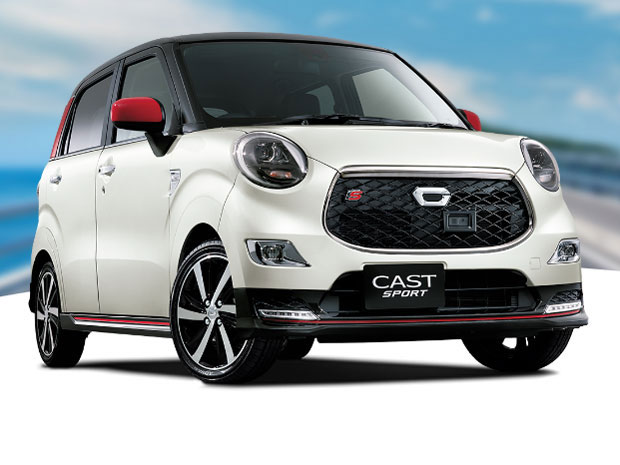
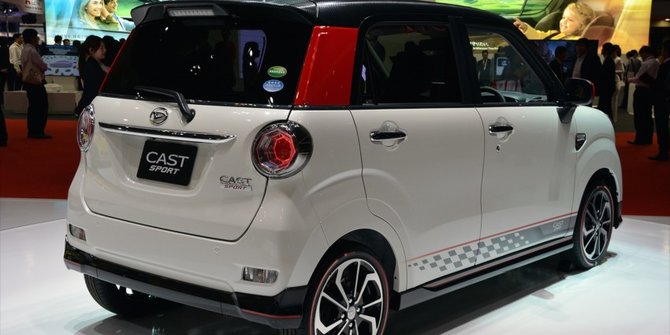
Interior, Features, and Practicality
When it comes to interior quality, both cars lack soft touch materials but that is obvious in this segment right? The quality is still better than most local cars. However don’t keep the expectations too high in terms of material quality. On the bright side of things, both cars share almost a similar interior design. Having a very luminous instrument cluster along with a center-high mounted infotainment system. Bear in mind it’s not a retractable one and it stays upright like a tablet. To make things intuitive the gear lever and the climate control has been placed on the dash right next to the multimedia steering wheel. It is also worth noting that both cars have an RPM meter along with the conventional speedometer. While a color TFT display sits in between for displaying various information to the driver.
In terms of features, there is a lot to talk about. The amount of equipment both cars (mostly top of the line variants) offer is brilliant. Both cars come with
- Traction Control
- Stability Control
- Emergency Braking
- Lane departure warning
- Push Start
- Parking Sensors
- Air Bags
- ABS & EBD
- Power Steering
- Climate Control
- Paddle Shifters
Coming to the practicality, neither Move nor Cast steals the shows because they share similar dimensions. The boot is small and can carry 2 medium-sized suitcases at max. However, Daihatsu made a good use of space by adding front sofa seats in both cars which can help accommodate 3 people in front seats too. On the down side, there are no magic seats available in both cars which we are used to seeing often from Honda made Kei cars.
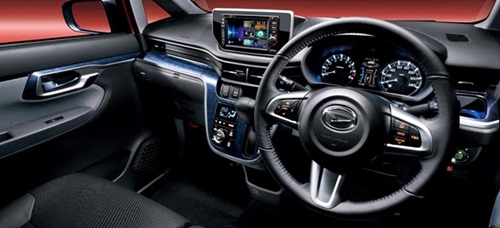
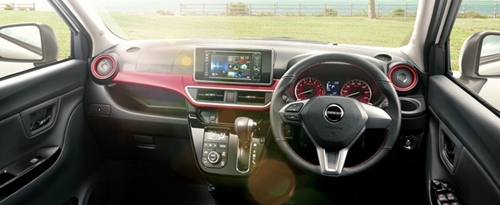
(Above: Daihatsu Move Below: Daihatsu Cast)
Safety
Safety is no compromise in both cars. As mentioned earlier these cars come equipped with advanced accident prevention systems including emergency braking, traction control, and parking sensors. While the addition of multiple airbags for driver and passenger’s safety adds up to make both Move and Cast one of the safest vehicles in the segment.
Performance and Efficiency:
If you think 660cc hatchbacks are sluggish then these cars can really change your perspective. Thanks to the same 660cc turbocharged engine producing an ample 58hp (63 bhp for turbo models), both cars feel punchy and agile on the road. Though unlike the N-One and N-WGN the suspension configuration in these cars is not stiff. Meaning both Move and Cast favor comfort over sporty handling. Top speed is electronically limited to 140kph which is enough for the car of this segment. With performance aside, most buyers of these cars are more concerned with the fuel economy. Once again none of both vehicles disappoint in this department. Daihatsu Move has a company claimed fuel average of 31 km/l (JC08) whereas Daihatsu Cast is rated at 30 km/l (JC08). Keeping things realistic both cars should be able to return around 20km/l in a local city driving. Bear in mind these both cars don’t have an economy mode so the fuel average solely depends on your driving habits.
Price and Final Verdict:
The average asking price for an imported Daihatsu Move is PKR 1,200,000 and 1,400,000 for Daihatsu Cast. The higher price tag of Cast is due to its limited availability. It’s also relatively new in the market. However, it’s crossover like the design and semi off-road capabilities do make it a better buy. The equipment offered in these cars is that what you see in a car almost 3 times the price. With such price and standard equipment, both cars are more appealing than any locally manufactured hatchbacks. No matter which car you choose to buy you will be hard pressed with the excellent fuel economy along with the luxury both cars offer.
We hope this has cleared all the air. Which car would you buy? Let us know in the comment section below.

